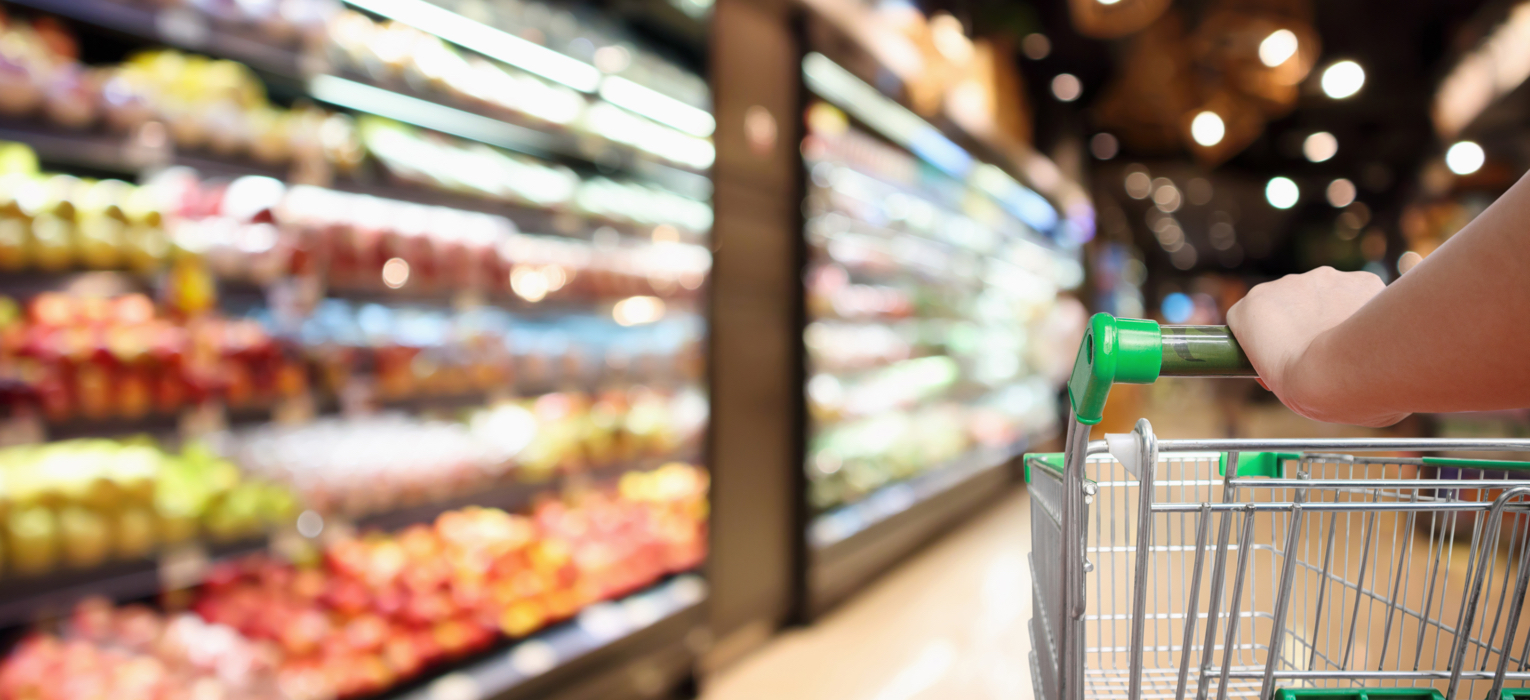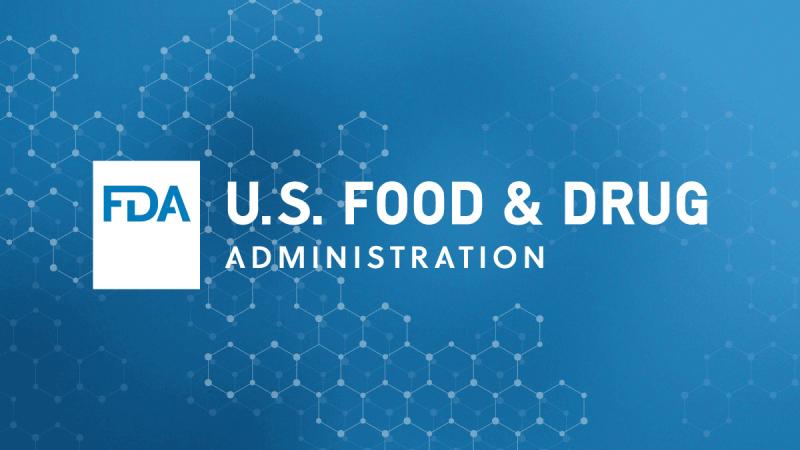With online products, apps or services we can use Google Analytics for example to monitor customer engagement and interaction. But physical products such as cosmetics and personal care products are left in the dark once the doors of our home are shut behind us. The solution may lie in implanting sensors and microchips into the product packaging.
Sensors embedded in products could lift the veil on product use in the home, especially for new products where there is much uncertainty about how the public will react or engage with a product. Product manufacturers could install a chip to record information like a flight recorder or connect to the cloud to provide real time information. The chip could contain a variety of sensors to make all kinds of measurements. For example, our smart phones are equipped with accelerometers which are used to detect when we turn our phone sideways to adjust the screen display. If an accelerometer was put into a product, say a shampoo bottle, it would detect the motion of a product when it is lifted and tilted, indicating a usage event. However, the shampoo bottle would need to know who the user is as it is not uncommon for many individuals in a household to share the same product. In this case it may be possible to recognize different users by how they physically move a product – in a similar vein as recognising different keyboard users based on how they type. Importantly, knowing who and when a product was used only tells half the story, we might need to know how much is used also. In this case we need to make measurements.
For products like liquid hand soap, where metered doses are dispensed each time a pump is actuated, a counter could monitor the number of actuations during one hand washing event. For spray products, the length of time an actuator is depressed can be measured to infer how much aerosol was released. A more advanced system might require the use of a flow meter in the valve or in a cap which could record how much product was dispensed each time it was used.
The good news is that remote sensors with accelerometers exist that can be physically stuck onto products (Nearables) to provide analytics to a store owner for example on how often a product was lifted and inspected. It is only a matter of time before sensors become miniaturised further and fully integrated within the packaging of everyday products to provide real time analytics to aid stakeholders’ decision making processes.
Here at Creme Global we gather data on product consumption from large surveys of tens of thousands of people across the world. We combine this data with amount per use data to probabilistically build a picture of what people are exposed to on a daily basis, especially the chemicals and ingredients of these products. We may end up collecting data from ‘smart shampoo bottles’ to accurately estimate what people are exposed to.



